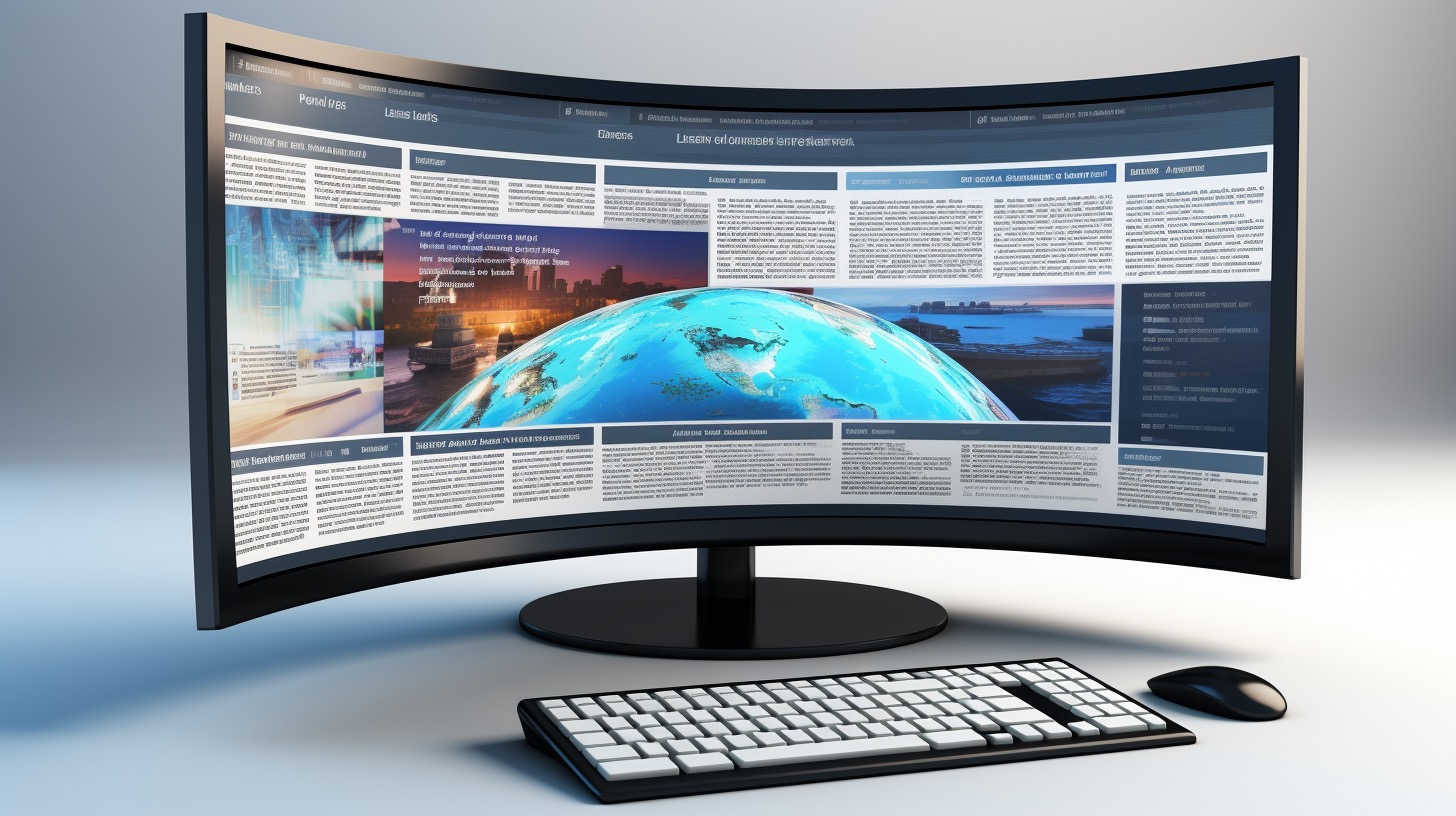Scientists Deliver Touchable Screen Experience
Researchers from the University of Bath in the UK have innovated a game-changing touch-responsive technology that has the potential to transform the way we interact with our screens. The team has developed a deformable touchscreen called DeformIO that can shift between soft and stiff responses under the touch of a user’s finger.
Transforming User Interaction
Immersive interaction is the focal point of DeformIO’s design. Envision feeling the texture of a fabric on a shopping site or engaging with digital maps that mimic the actual hardness of terrain—this tech aspires to make such experiences a reality. Innovator James Nash envisions a world where interaction with digital objects is as tactile and direct as handling physical objects.
DeformIO’s Mechanism and Possibilities
Crafted from silicone, DeformIO utilizes responsive ‘pins’ under the screen surface controlled by pneumatics and resistive sensors. This allows users to experience the sensation of shapes and textures. In contrast to earlier iterations that employed rigid pins or movable screen panels, DeformIO offers a seamless surface that users can press and glide their fingers across, detecting diverse levels of resistance.
Beyond a Simple Touch
The technology surpasses the current glass-based touchscreens by providing a level of haptic feedback, thereby offering a more profound level of device interaction. The tactile feedback can benefit various sectors, including video games, medical training simulations, and even providing a sense of touch in remote communications.
Looking to the Future
James Nash and Jason Alexander, a professor of computer science at the University of Bath, tout the tech’s capabilities, from enhanced touchscreen controls in modern cars to feeling digital maps’ topography. While DeformIO remains in the prototype stage, the hope is that within a decade, such tactile experiences could be at our fingertips, integrated into our everyday devices.
Most Important Questions and Answers
1. What are the potential applications of deformable screens?
Deformable screens like DeformIO could revolutionize numerous industries by providing tactile feedback, which could improve user experience in applications ranging from video games and medical simulations to remote communication and educational tools.
2. What are the key challenges in bringing deformable screen technology to the market?
Key challenges include ensuring durability, responsiveness, and cost-effectiveness for mass production. Additionally, integrating this technology into current device ecosystems and ensuring compatibility with existing software presents a significant challenge.
3. What controversies could arise from the development of deformable screens?
Potential controversies could stem from concerns about privacy and security if the tactile data is not handled correctly, as well as health concerns related to the hygiene and long-term effect of using such screens on skin and muscles.
Advantages and Disadvantages
Advantages:
– Tactile Feedback: Enhances user experience by providing a sense of touch, making digital interactions more intuitive.
– Versatile Applications: Can be applied across various sectors such as education, automotive, and entertainment.
– Accessibility: Could offer new ways for individuals with visual impairments to interact with digital content through touch.
Disadvantages:
– Cost: Developing and producing deformable screens may initially be expensive compared to traditional glass screens.
– Durability: The complexity of moving parts and the usage of materials like silicone may lead to concerns about the long-term durability and reliability of the screens.
– Compatibility: Integrating this new technology with existing digital infrastructures and devices could be challenging and require significant software and hardware revisions.
Key Challenges
One of the primary challenges is incorporating the technology into devices in a way that doesn’t dramatically increase the thickness or compromise the design. Achieving a seamless user experience that developers can easily program for interaction is also crucial.
Related Links:
For more information on similar technologies and research, you might consider visiting:
– University of Bath, where the research took place.
– Websites of companies and research institutions working on haptic technology and advanced touchscreens for additional insights.
I can’t provide a direct link to more specific related information, given the instruction to avoid using subpages, but the University of Bath main domain should lead interested individuals to relevant departments and news releases concerning such technological advancements.
